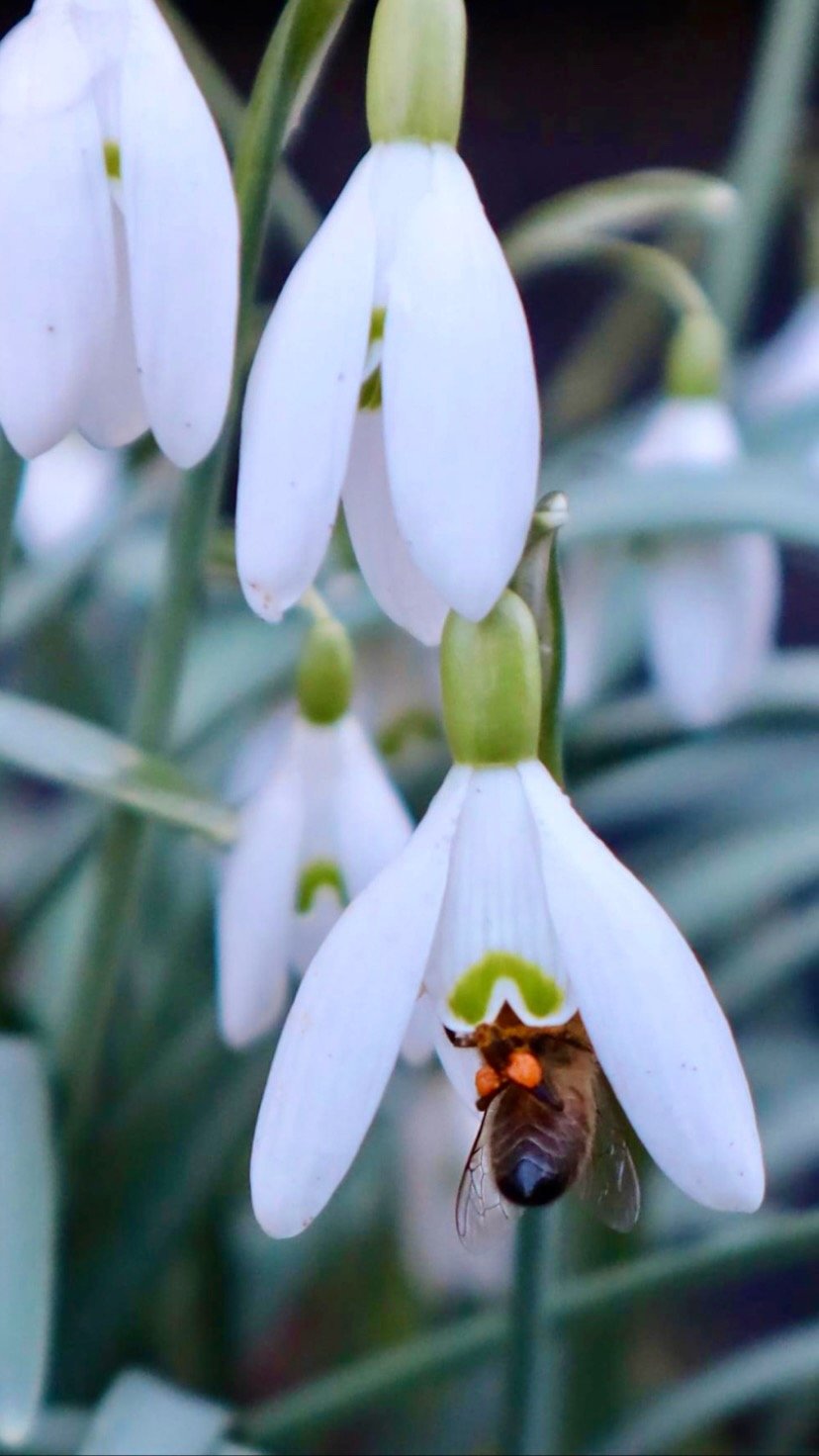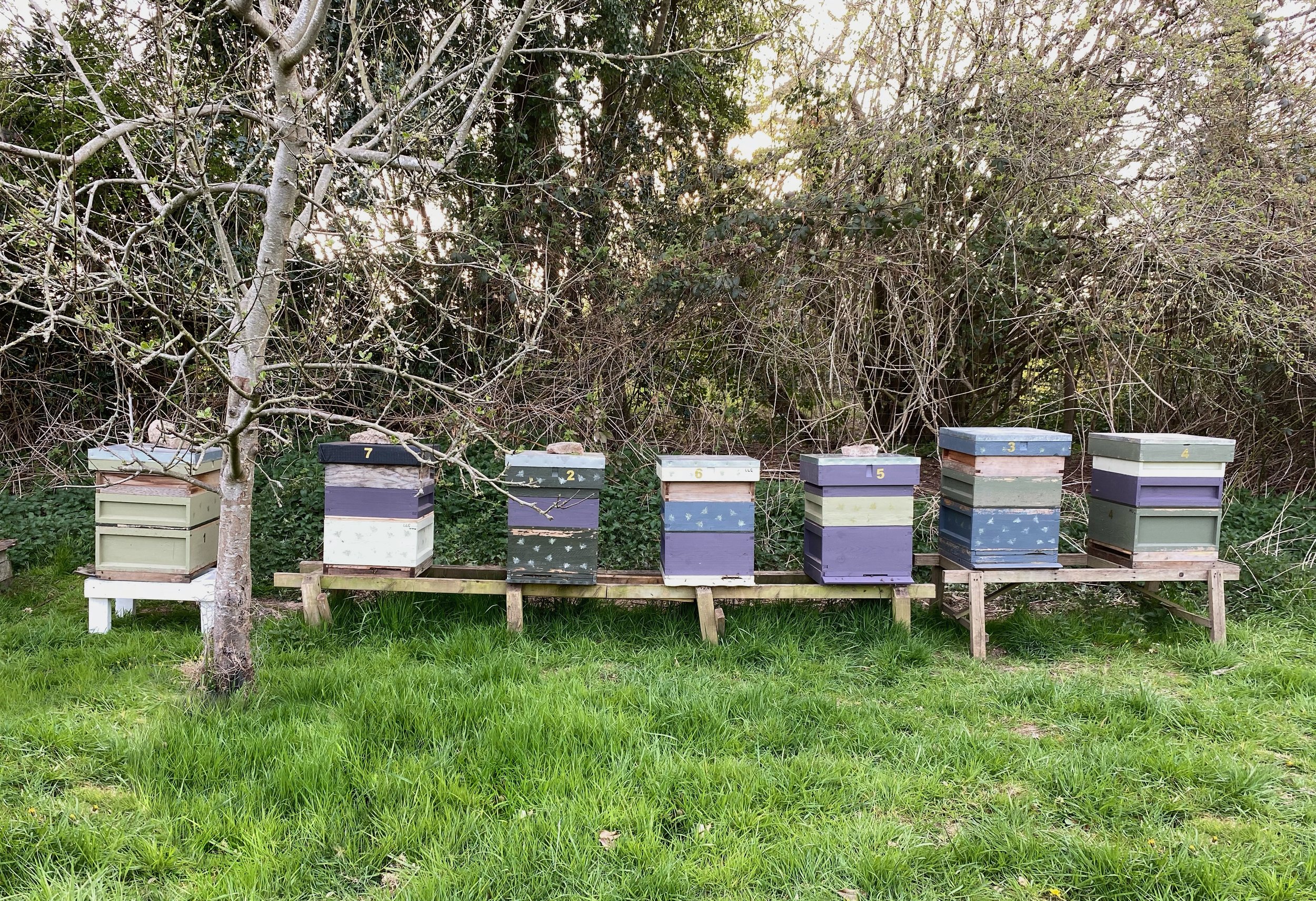WE'RE NEARLY THERE!
The crocuses are beginning to bloom, and even the daffodils are making an attempt to announce their presence - a sure sign that spring is on its way. Though, you wouldn’t think so with the cold snap this week and the rain that seems determined to disguise itself in the air. I think they call that ‘mizzle.’ Yes, they do - I just looked it up! But yesterday was Valentine’s Day, which means there are only 14 days until March. (Lord, my maths teacher would be proud of that calculation!)
What comes to mind when we think of March? Most picture the start of spring - flowers beginning to bloom, longer daylight hours, and the gradual transition from winter’s chill to milder temperatures. Sure, March often brings a few rain showers, but the countryside is waking from its winter slumber. It’s a time of renewal, hope, and the promise of warmer days ahead.
Ahhhh… wasn’t that nice? Those last two sentences felt warm and friendly, didn’t they? A little something to take your mind off the mizzle. But now, here I go again—I know, I know, I sound like a broken record… “Keep checking your hives… please.”
Trust me, it’s worth the constant reminder. Spring may be on the horizon, but the weather hasn’t quite received the memo yet. To be fair, for this time of year, it’s behaving exactly as it should. But we all like to look ahead - and in beekeeping, looking ahead is essential. If you haven’t already, now’s the time to prepare. Because the moment you finally peek inside those hives—no, not yet, wait until it’s at least 16°C - you need to be ready.
Once the queen starts laying, things move fast. One moment, the winter cluster is small and compact; the next, the hive is bursting with spring bees spreading across eight frames. And then what? Once they’re over eight frames, you’ll need to add a super. And then - oh my goodness, shall I go on? Because once all those frames are covered, those ladies will start thinking about swarming! Okay, I got a little carried away there. But the message is clear: when spring kicks off in the honeybee world, it moves quickly.
So, back to February 14th. It’s cold. It’s mizzley. How are your bees?
Do not presume or assume anything.
You think they’re fine? You’ve hefted the hives and they feel like they still have stores? That’s great - but let’s not presume or assume. What if they do have stores, but it’s been so cold they can’t reach them?
We can’t open the hives - it’s too cold. But what we can do is make sure the girls have emergency fondant. Hefting the hive might give you an idea of their stores, but in my book, it’s not enough. You might think a super full of honey means they’re all set - but remember, if it’s cold, they won’t go down into the super to get it. They’ll stay close to their queen, keeping her warm, even at the risk of starving. That’s why placing fondant above the cluster is so important - it gives them the energy they need to make it through these final winter weeks.
So, check your hives, stay prepared, and be ready - spring is just around the corner!
And just to clear things up:
• To presume is to take something as true based on some evidence—like assuming the super beneath the brood box will be enough.
• To assume is to take something as true with little to no evidence—like trusting they’re fine without actually checking inside.
See? No room for guesswork when it comes to our bees!
Yes, I nag. But only because I care. And I know you do too. And because I care I’ve made a checklist below, incase you’ve had a busy winter or been putting off preparations until spring!
Here’s a checklist to keep you on track:
1. Check Food Stores
Winter isn’t over yet! Make sure your bees have enough emergency fondant or syrup to sustain them until nectar flows begin. Even if they have honey stores, they might not access it if it’s too cold.
2. Inspect for hive losses
On a mild day (10°C or above), do a quick check for dead colonies. If you’ve lost a hive, try to determine why? Was it starvation, disease, or queen failure? Learning from losses helps protect your other hives.
3. Clean and Repair Equipment
• Clean old frames and replace any damaged ones.
• Scrape and sterilize hive parts to reduce disease risk.
• Repair or build new equipment—supers, frames, and hive stands—before the season kicks into gear.
4. Plan for Swarm Prevention
• If your colonies overwintered well, they’ll build up quickly in spring.
• Make sure you are ready for splitting strong hives, i.e., brood boxes at the ready!
5. Review Your Apiary Setup
• Ensure hives are level and stable.
• Check for signs of dampness—good ventilation is crucial!
• Make sure entrances are clear of dead bees or debris.
6. Keep an Eye on the Weather
Spring can be unpredictable. Late cold snaps can be dangerous, so continue feeding as needed and hold off on major inspections until temperatures are consistently warm.
7. Refresh Your Knowledge
It’s a great time to revisit beekeeping books, attend webinars, or connect with fellow beekeepers. Stay sharp before the season starts buzzing!
A little preparation now goes a long way in setting up a successful beekeeping season.
And there you have it… February blog in the bag!
I think we have so much to learn from the honeybees, they can teach us about team work, communication and love…. yes love…
Honeybees are nature’s tiny messengers of love, weaving golden threads between flowers, trees, and life itself.
In their quiet devotion to the hive, they remind us that love is not just grand gestures but the small,
everyday acts of care and connection. Like the honeybee, love blossoms when tended to with patience,
respect, and an open heart. And just as the flowers bloom brighter with a bee’s gentle
touch, so too does the world when love is shared freely with those around us.








